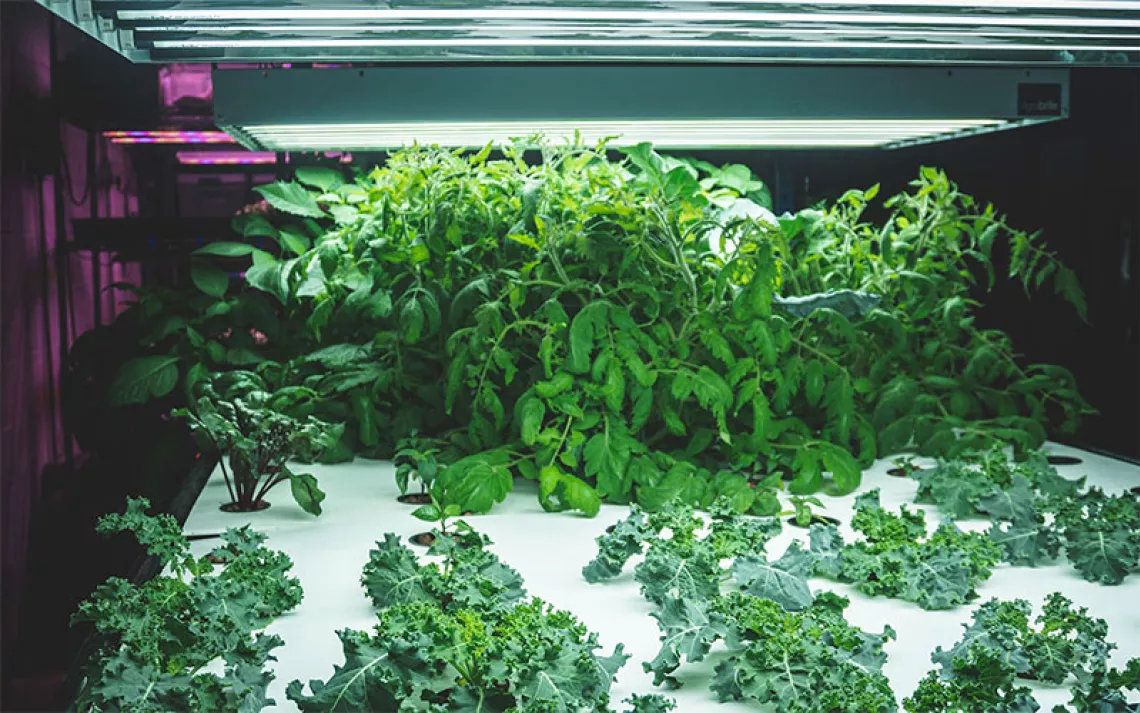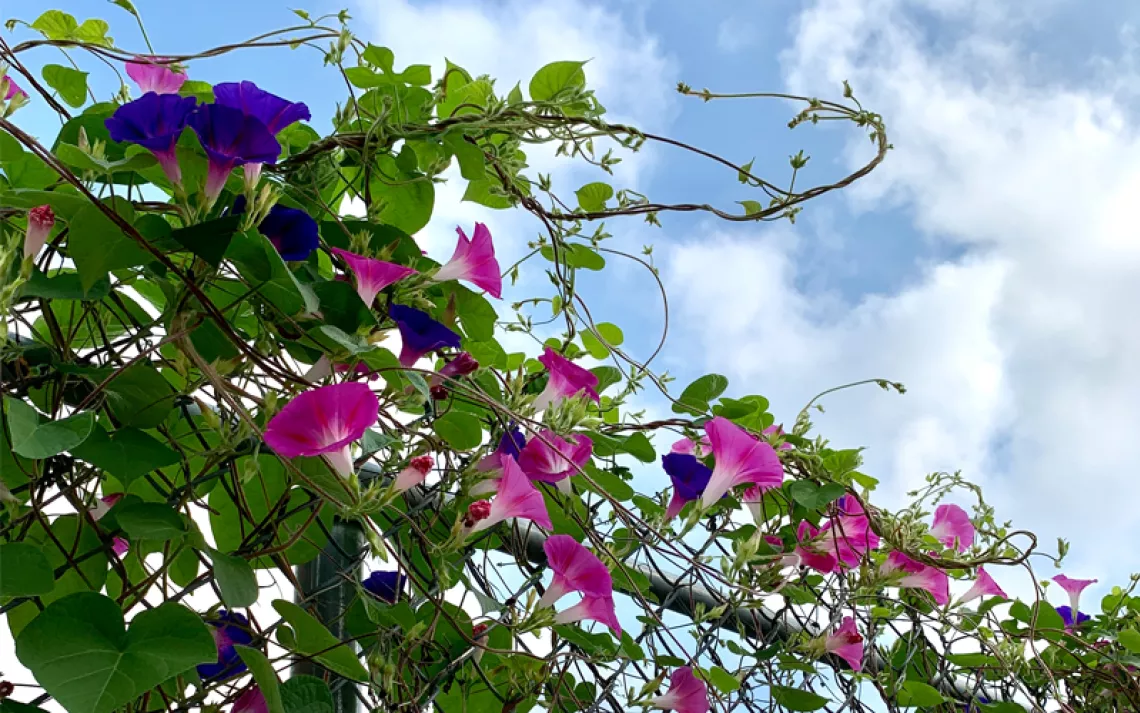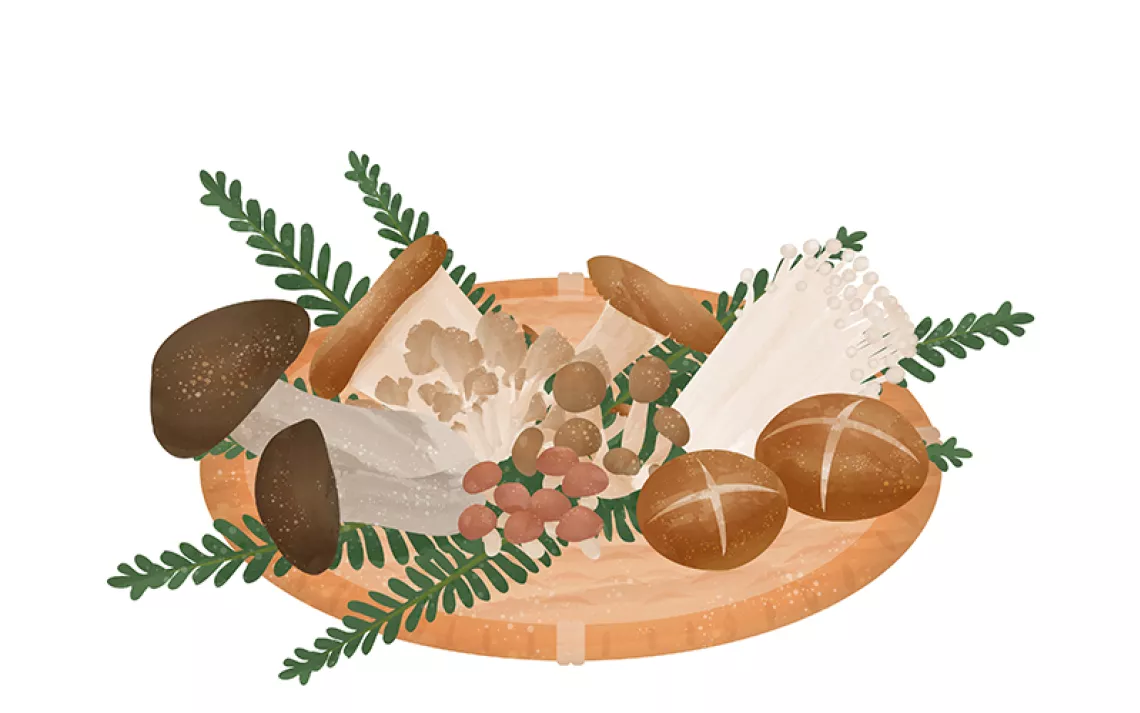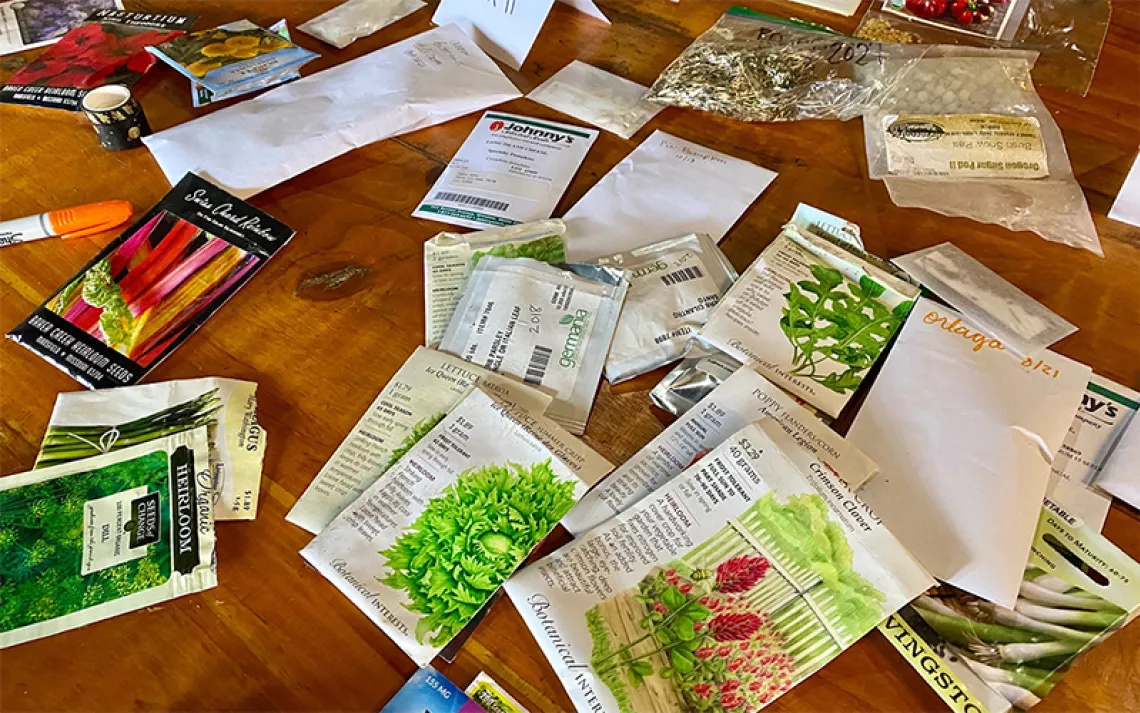5 Plant Manuals and Meditations to Help You Garden

Photo by iStock/Gelvner Tivadar
We get it. With the first frost just around the corner, you’re beginning to worry about early-onset gardening withdrawal. As you lay your gardening tools to rest, pick up these five books to get you through the winter months. From plant-sex to jackrabbit folklore, this collection will keep you going during the cold snap and inspire you to get back out to the garden in spring.
 The Over-Pollination Problem
The Over-Pollination Problem
According to Thomas Leo Ogren, male plants lie at the root of America’s raging allergy epidemic. The idiom ‘girls rule and boys drool’ has never been more apropos–male plants produce allergy-inducing pollen, female plants absorb it. The Allergy Fighting Garden takes the reader through the surprising history that’s landed us in our allergenic mess, detailing our systematic removal of female seed-producing plants and over-planting of male pollen-producing plants. Luckily, Ogren provides us with a foolproof manual to create a low-pollen, low-allergy garden. By favoring female and insect-pollinated plants, allergy-free gardens also provide food for small creatures like butterflies, hummingbirds, and honeybees. Grab the book and join the effort to provide allergy relief to America, one female plant at a time.
 Mossin’ Around
Mossin’ Around
In The Magical World of Moss Gardening, Annie Martin reveals the many delights that await the moss gardening convert. She takes us on a tour of the world’s finest moss gardens, and once our interest is piqued, dives into a comprehensive tutorial on how to cultivate our own moss shangri-la at home. Immune to many common diseases, deer-resistant, and water-efficient, moss is an eco-friendly and aesthetically pleasing alternative to the typical suburban lawn. Small in scale and intricate in color and design, it's also the perfect plant for the meditative gardener. ‘Mossin’ Annie’ walks us through what to plant, when to plant, and common pitfalls to avoid. Pick up a trowel and bamboo broom, and you’ll be ready to roll up your sleeves and dig in.
 Plant Talk
Plant Talk
Mary Siisip Geniusz offers us an in-depth treatise on the practical use of plants in the Anishinaabe culture in her new book Plants Have So Much to Give Us, All We Have to do is Ask. Through colorful narratives that she weaves together from her experience as an “oshkaabewis,” a traditional medicine apprentice, and from other American Indian traditions, she urges the reader to step into a more intimate relationship with the world of plants, one that recognizes them as cognizant and able to respond to our queries. The trick, of course, lies in the asking. “Anishinaabe knowledge grows like crystals in rock. The process is slow, and it is beautiful. And sometimes it grows into gems of treasures,” she tells us. Complete with recipes and an exhaustive list of medicinal plants, this tome reminds us of the interconnectedness of all things. By the time you turn the last page, you’ll be ready to connect with the plants in your life.
The Secret Life of Plants
 “When the male bee lands, he grasps on to the thick velvety maroon-and-yellow lower lip of the flower in an attempt to copulate with it. In the process, the upper flower above the bee dusts the bee’s head with pollen.” Intrigued? We were too. Jesse Vernon gives us a look at the pollinator behind the curtain in Quiver Trees, Phantom Orchids & Rock Splitters. From hummingbirds on the high slopes of the Andes to sugarbirds on the South African Cape, Vernon takes the reader on an awe-inducing journey to discover the secret life of pollinators and the plants that depend upon them. Learn how hardy plants like purple saxifrage have adapted to the most inhospitable environments by hugging and huddling and why the ‘sleep movements’ made by the Albizia saman’s leaflets make it rain. Literally. You'll delight in the surprising, unusual, and downright amazing strategies plants use to cope and copulate.
“When the male bee lands, he grasps on to the thick velvety maroon-and-yellow lower lip of the flower in an attempt to copulate with it. In the process, the upper flower above the bee dusts the bee’s head with pollen.” Intrigued? We were too. Jesse Vernon gives us a look at the pollinator behind the curtain in Quiver Trees, Phantom Orchids & Rock Splitters. From hummingbirds on the high slopes of the Andes to sugarbirds on the South African Cape, Vernon takes the reader on an awe-inducing journey to discover the secret life of pollinators and the plants that depend upon them. Learn how hardy plants like purple saxifrage have adapted to the most inhospitable environments by hugging and huddling and why the ‘sleep movements’ made by the Albizia saman’s leaflets make it rain. Literally. You'll delight in the surprising, unusual, and downright amazing strategies plants use to cope and copulate.
 Stop and Smell the Flowers
Stop and Smell the Flowers
Had enough of just reading about plants? Start planning a springtime trip to California's iconic Mt. Shasta, where you'll draw inspiration from the real thing. You'll want to take along a copy of the beautifully illustrated Mount Shasta Wildflowers to guide you up the mountain's talus slopes. Whether you’re on the hunt for the rare Hulsea nana’s golden orb or the common lily, this field guide will provide you with the know-how to track down and identify the flower you’re after. It offers detailed descriptions of the maze of trails up Mt. Shasta and the flora you will likely encounter along the way. When you need a break, take the opportunity to brush up on the adventures of Edward Stuhl, the man behind the paintings in the book. At once botanist, naturalist, and painter, Stuhl displays his close connection to the natural world through his illustrations, which are second only to experiencing Shasta’s vibrant blooms firsthand.
 The Magazine of The Sierra Club
The Magazine of The Sierra Club



